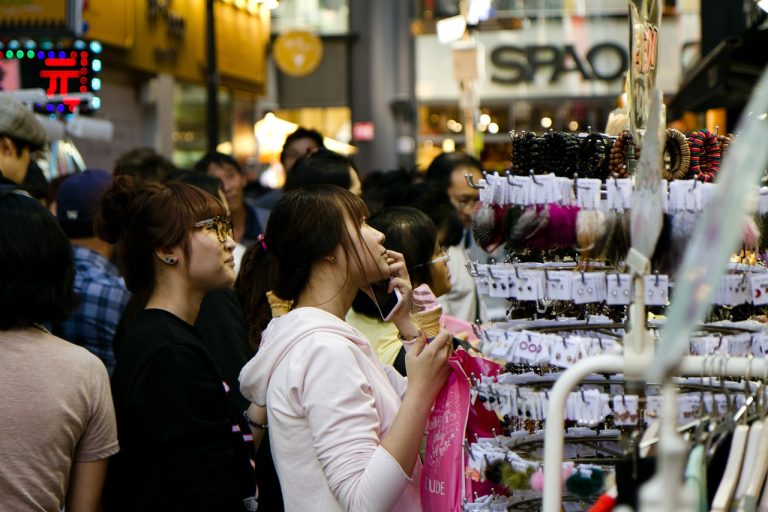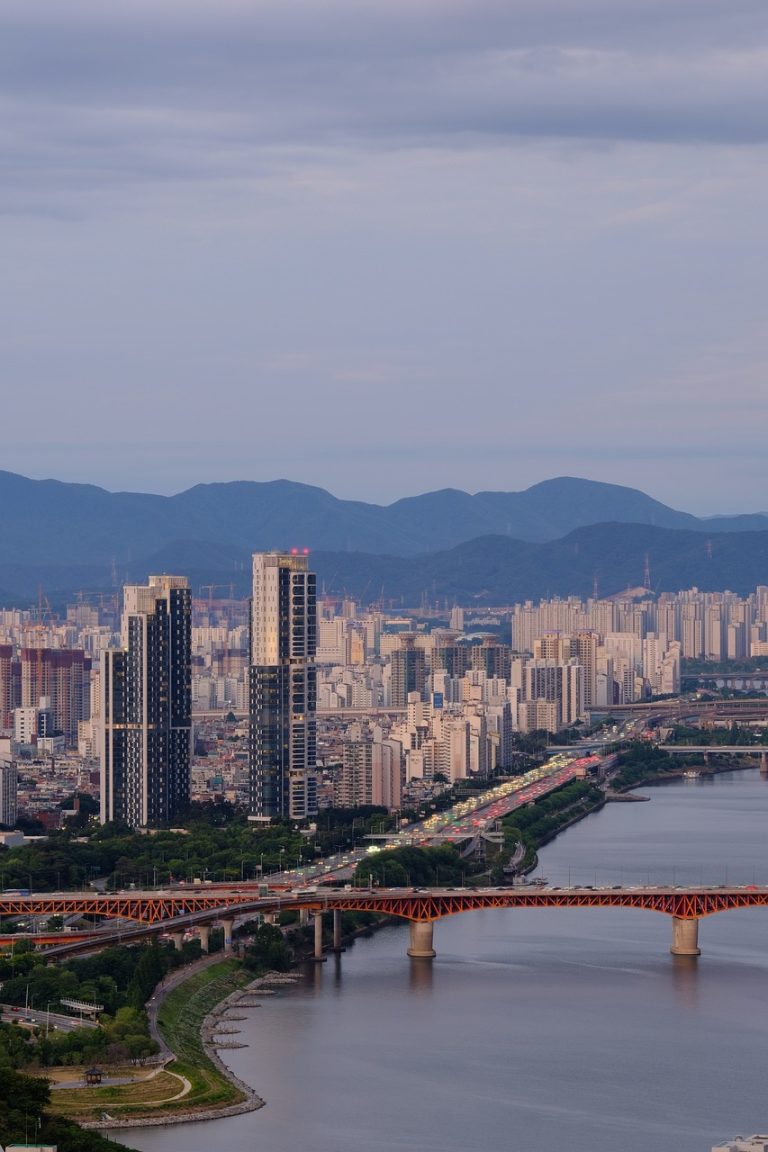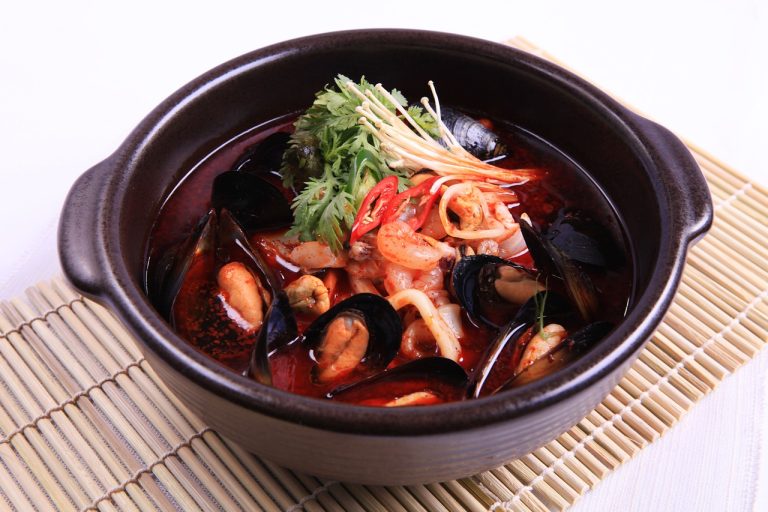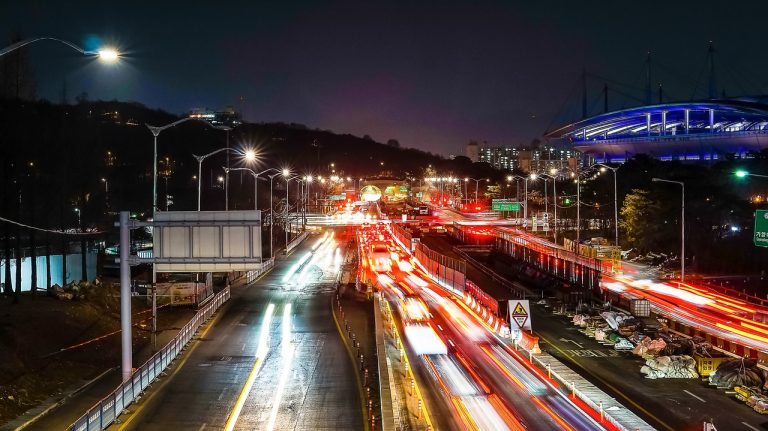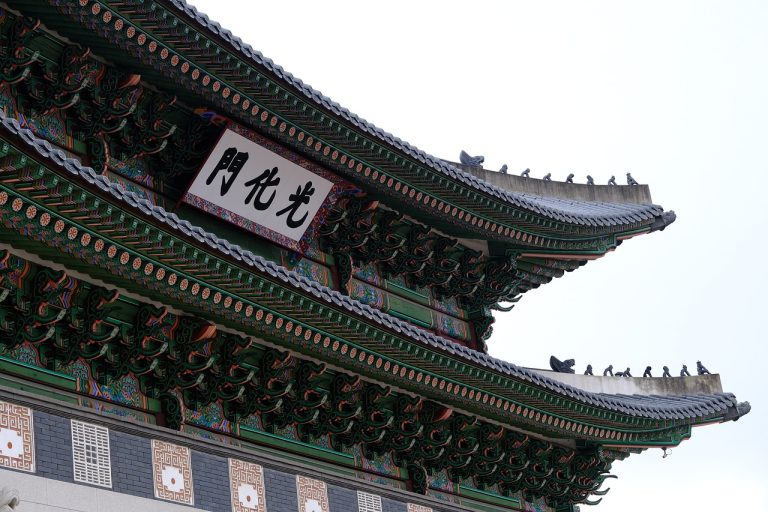Seoul South Korea Video
Public Transportation in Seoul South Korea: A Complete Guide
Seoul, the capital city of South Korea, is known for its efficient and extensive public transportation system. Navigating the city using public transportation is not only convenient but also an excellent way to explore the vibrant neighborhoods and attractions that Seoul has to offer. In this guide, we will take a comprehensive look at the various modes of public transportation available in Seoul.

Subway
- Seoul Metro: Seoul Metro is the rapid transit system that connects various parts of the city. It consists of several lines that cover most of Seoul’s neighborhoods and major attractions. The subway operates from around 5:30 am to midnight, with trains running at regular intervals.
- Subway Fares: The fare for a subway ride in Seoul is based on the distance traveled. It ranges from 1,250 KRW (approximately $1.10 USD) for short trips to 2,500 KRW (approximately $2.20 USD) for longer journeys. You can purchase single journey tickets or use a rechargeable transportation card called T-money.
- Seoul Subway Apps: To make your subway travel even more convenient, you can download smartphone apps such as Seoul Subway and Subway Korea. These apps provide real-time information on train schedules, routes, and fare calculations.
Seoul Metro is a convenient and cost-effective way to get around the city. The subway stations are well-maintained and equipped with amenities such as ticket vending machines, information boards, and restrooms. The trains are clean, comfortable, and air-conditioned, offering a pleasant travel experience.
T-money cards are widely used in Seoul and can be purchased at subway stations, convenience stores, and other retail outlets. These cards can be loaded with credit and used for multiple modes of transportation, including buses and taxis.
By using these apps, you can plan your journey, check for any delays or disruptions, and navigate the subway system with ease.
Bus
- Seoul Bus System: Seoul has an extensive bus network that covers almost every corner of the city. Buses in Seoul are categorized into different types, including regular buses, express buses, and village buses.
- Bus Fares: The fare for a bus ride in Seoul is also based on the distance traveled. It starts at 1,300 KRW (approximately $1.15 USD) for the first 10 kilometers and increases by 100 KRW (approximately $0.09 USD) for every additional 5 kilometers.
- Bus Routes and Timetables: To find the most convenient bus route for your destination, you can use smartphone apps like Seoul Bus or Naver Maps. These apps provide detailed information on bus routes, timetables, and estimated travel times.
The regular buses are the most common type and operate on fixed routes. Express buses are faster and make fewer stops, while village buses serve local neighborhoods and provide convenient access to residential areas.
Similar to the subway, you can use T-money cards to pay for bus fares. Just tap your card on the card reader when boarding and exiting the bus.
They also offer real-time updates on bus locations, allowing you to plan your journey accordingly.

Taxi
- Taxi Services: Taxis are readily available in Seoul and offer a convenient way to travel, especially during late hours or when carrying heavy luggage. There are two types of taxis in Seoul: regular taxis and deluxe taxis.
- Taxi Fares: Taxi fares in Seoul are calculated based on both distance and time. The initial fare is 3,800 KRW (approximately $3.35 USD) for the first 2 kilometers and increases by 100 KRW (approximately $0.09 USD) for every additional 142 meters or 35 seconds of waiting time.
- Calling a Taxi: If you prefer to call for a taxi, you can use smartphone apps such as Kakao T or Uber. These apps allow you to request a taxi and track its arrival in real-time.
Regular taxis are more common and can be hailed on the street or found at designated taxi stands. Deluxe taxis, on the other hand, provide a more premium service and are usually reserved in advance.
It’s important to note that additional charges may apply for tolls, late-night surcharges, and long-distance trips.
They also provide an estimated fare calculation, ensuring transparency and convenience throughout your journey.
Seoul City Tour Bus
- Seoul City Tour Bus: The Seoul City Tour Bus is a popular hop-on hop-off bus service that takes you to major tourist attractions in the city. It offers different routes, including the downtown route, palace route, and night route.
- Ticket Options: You can purchase a one-day or two-day pass for the Seoul City Tour Bus. The pass allows unlimited rides on all routes, giving you the flexibility to visit multiple attractions within the validity period.
This bus service provides multilingual audio guides, allowing you to learn about Seoul’s history and culture as you explore the city at your own pace.
The tickets can be purchased directly from the bus or online through the official Seoul City Tour Bus website.
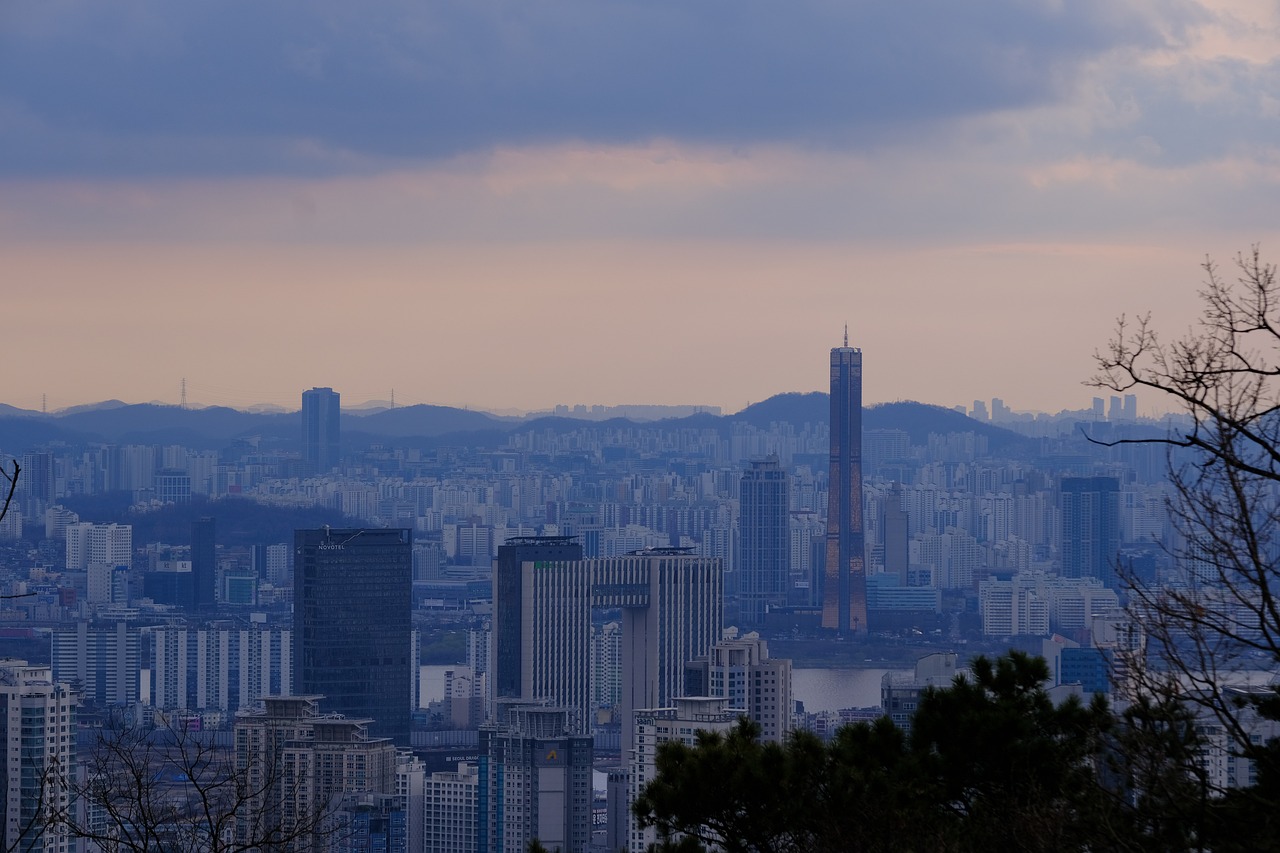
Bike Rental
- Bike Rental: Seoul offers a bike rental system called Ttareungyi, which allows you to explore the city on two wheels. This bike-sharing service provides bicycles at various docking stations throughout Seoul.
- Rental Fees: The rental fees for Ttareungyi bikes vary depending on the duration of use. The first 30 minutes are free, and additional fees apply for longer rides.
You can rent a bike by using a T-money card or a credit card at the self-service kiosks located near the docking stations.
It’s a great way to enjoy the city’s parks and riverside paths while staying active.
Airport Transportation
- Seoul Incheon International Airport: Seoul is served by Incheon International Airport, one of the busiest airports in the world. To travel between the airport and the city, you have several options.
- Airport Limousine Buses: Another convenient option is the Airport Limousine Bus, which offers direct transportation to various locations in Seoul. These buses are comfortable, equipped with luggage storage, and provide a hassle-free way to reach your destination.
The Airport Railroad Express (AREX) provides a direct train service from Incheon Airport to Seoul Station, which is centrally located in the city. The journey takes approximately 45 minutes, and trains operate frequently throughout the day.
The bus stops are well-marked at the airport, and the routes cover major hotels, shopping areas, and transportation hubs in Seoul.
Conclusion
Seoul’s public transportation system is a reliable and efficient way to navigate the city. Whether you prefer the subway, bus, taxi, or other modes of transportation, there are plenty of options to suit your needs. With the help of smartphone apps and transportation cards like T-money, getting around Seoul has never been easier.
References
- seoulmetro.co.kr
- english.visitkorea.or.kr
- bus.go.kr
- taxi.go.kr
- seoulcitytourbus.com
- bikeseoul.com
- airport.kr


